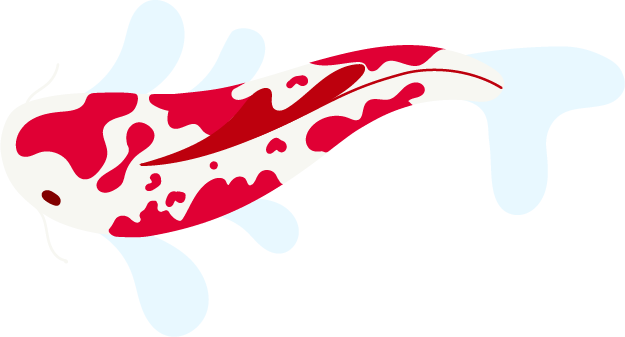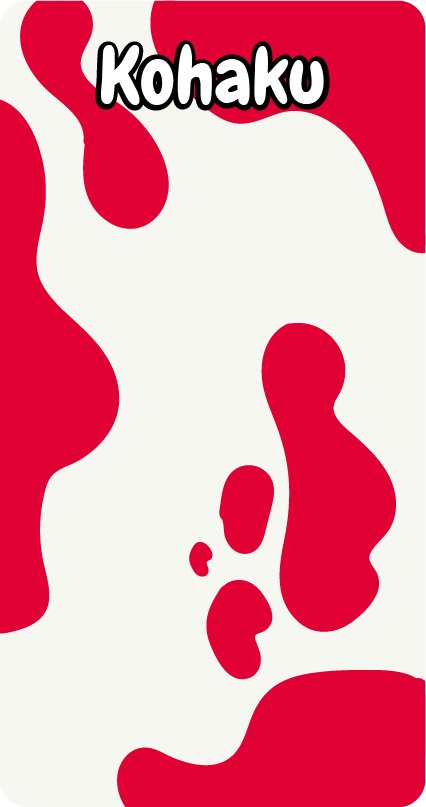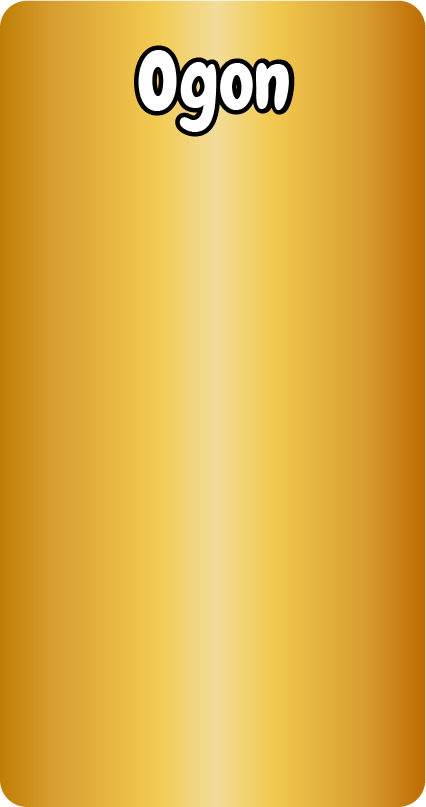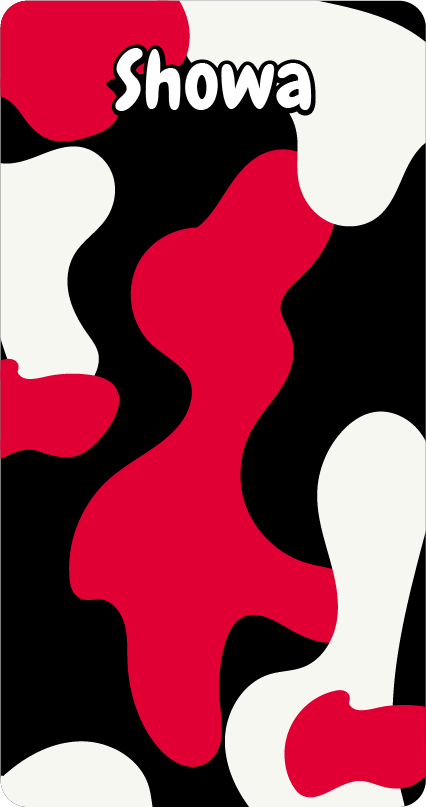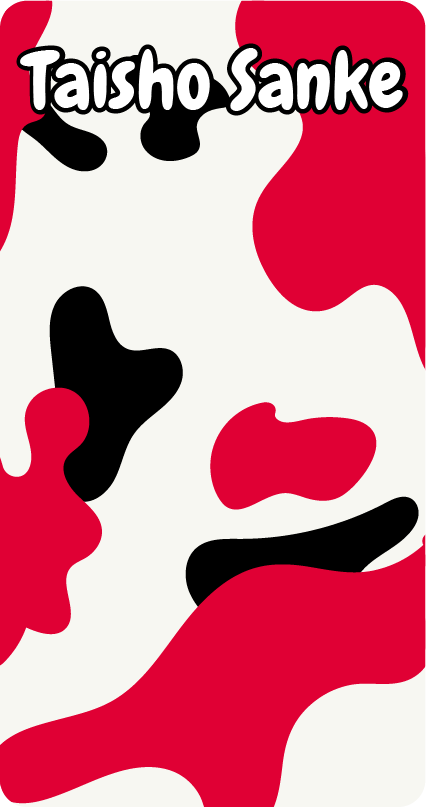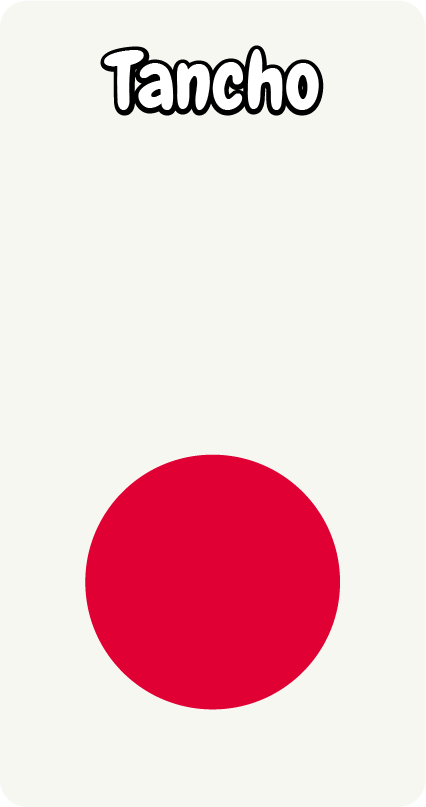Meaning
Koi is actually the informal name for this species—they are often referred to as Japanese koi or by their Japanese name,nishikigoi. In Japanese, the koi fish meaning is “brocaded carp.”
In Japanese culture, koi fish are often kept since they symbolize luck, prosperity, and good fortune.
A koi fish was first displayed in Tokyo in 1914—propelling their popularity around Japan. This was also around the time selective breeding started in Niigata, Japan, which developed and spread worldwide.
Care
Koi are temperate freshwater fish that thrive in water temperatures between 64–75 F, and can survive to almost freezing temperature at 33 F. An 8-foot-deep pond can maintain a thermocline (temperature gradient) in the water, allowing koi to experience different temperatures.
During the winter, koi will go into dormancy when the water temperature reaches below 40 F. Their metabolism and activity level will drop slowly, resulting in more time spent on the bottom of the pond and not much swimming.
A pond heater can be added to increase the temperature of the water to ensure koi survive winter temperatures.
Lifespan
Koi fish can live between 25–50 years on average when provided with the correct environmental conditions. There has been reports of koi living to 100–200 years—the oldest koi ever documented lived to be 226 years old.
Water quality, nutrition, and preventative health care can help improve koi fish lifespan. There are many commercial koi fish foods that are available to pet parents,
and can be used exclusively to feed koi
and provide complete nutrition.
Providing appropriate vet care can help improve the lifespan of any koi. Not all veterinarians will treat fish, so be sure find a veterinarian who specializes in your pet.
